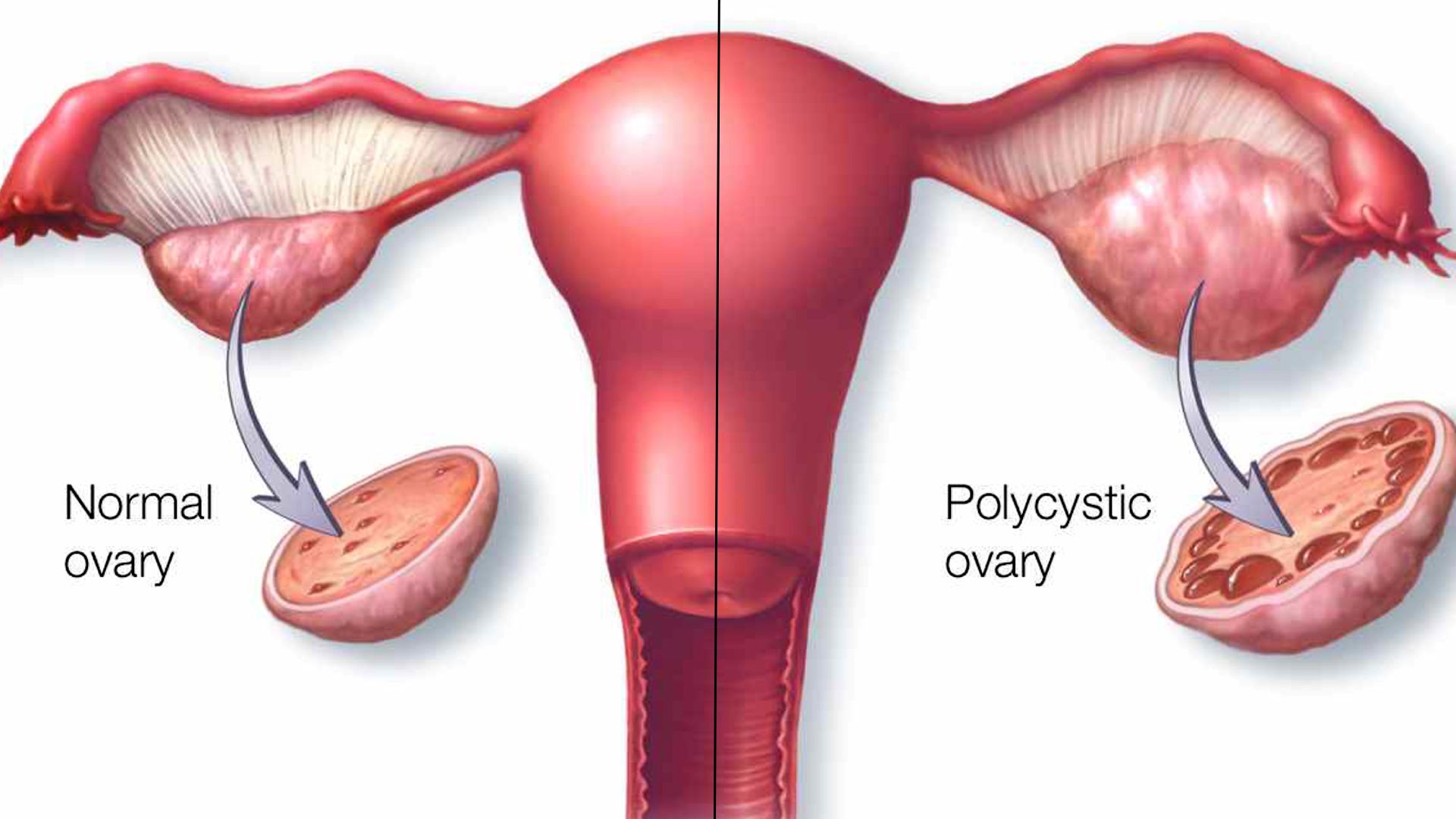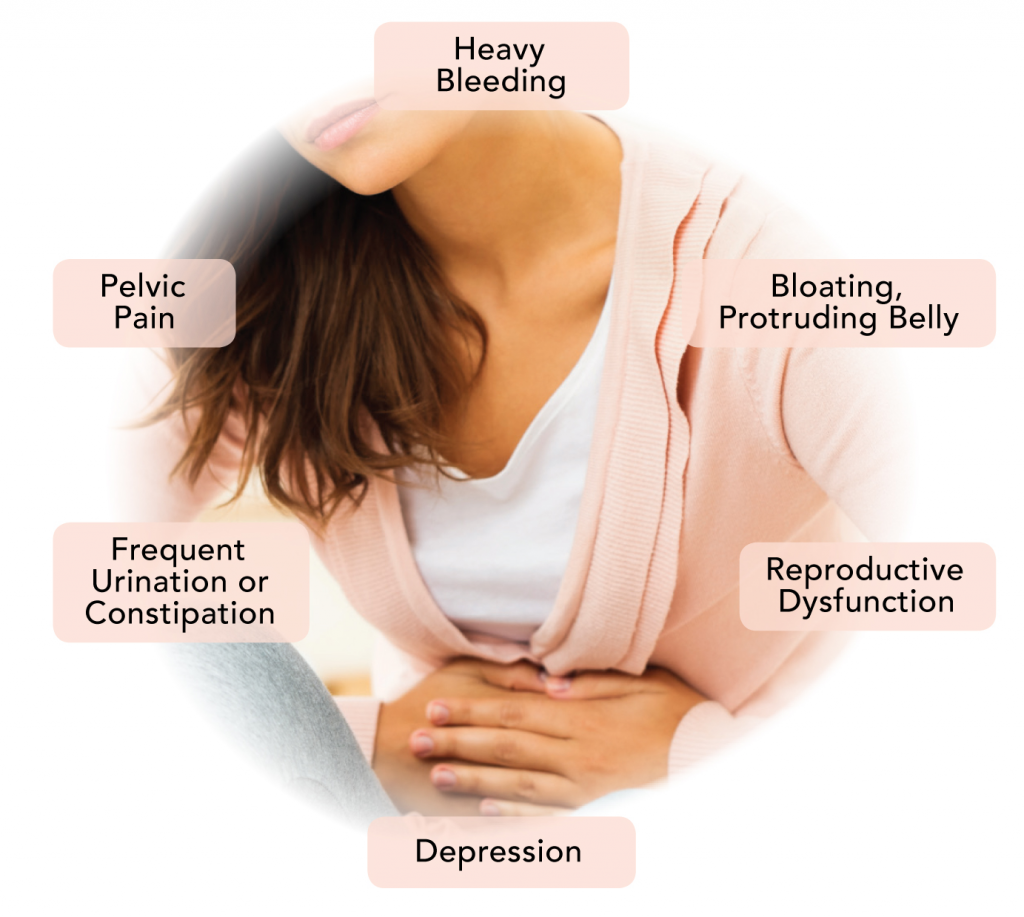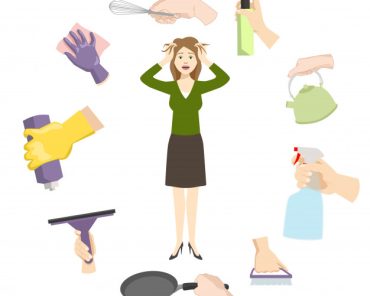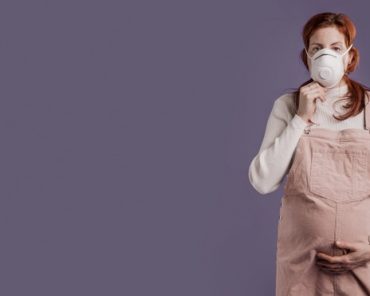By Suhana Keeranthodika
Lifestyle and Illness: Uterine Fibroids and Ovarian Cysts
I have always wondered how amazingly women manage home, work, family, relationships and all together flawlessly. The home itself is a multi-tasking area, plus work is obviously challenging. In the rat race of life, women compromise on their health.
Urban women face this problem more than rural women as they have to do every teeny weeny chores by themselves in the absence of an extended family member. Even though we have a maid or do our most work in the morning, a lot more will be waiting in the evening also when we return back. From every tiny chore at home, online social activity to be in the crowd, phone calls to keep family members and friends in touch, sometimes guests, sometimes host, everything grabs a lot of time and energy in the life of urban women from a nuclear family. Things become harder if she is a working mother. Of course, everything is manageable if there is a perfect routine but it takes a lot of energy. In this lifestyle when women negotiate on herself to invest the time on loved ones and home, another heap of malady piles up.
I was about to acknowledge you about two common diseases of these days. It is difficult to say the matter alone without considering a daily routine and I should say, how incredible every woman is! So, you must be wondering what these lifestyle diseases are. But if I name them you will sense familiarity. The common lifestyle diseases are obesity, depression, hormonal imbalance, etc. These illnesses result changes in the reproductive system which in turn becomes another disorders, like cyst, polycyst, fibroid, thyroid, etc. Today I would like to focus the light on two issues commonly faced by women.
Uterine fibroids and ovarian cysts
Uterine fibroids and ovarian cysts affect 75% of women. Fibroids in the uterus and cysts on the ovaries are usually harmless growths, which can cause no symptoms to mild or severe symptoms. Fibroids and cysts can range in number and size from a single growth to multiple growths, from small to large. The type of cyst that is more complicated to treat is polycystic ovarian syndrome. Normally, we get confused about cysts and fibroids. To simplify, cysts are fluid filled but fibroids are dense tissues. Both are diagnosed through pelvic ultrasound.

You can prevent or treat both uterine fibroids and ovarian cysts clearly by understanding the causes behind. Prevention is always natural. If either one has accepted to the point that reversing through lifestyle changes are ineffective, conventional treatment may be necessary. Current treatment for fibroids and cysts involve pain medication or hormonal suppression with birth control pills. Both the issues may require surgery (not in all cases). Fibroids can be treated by reducing the blood supply to fibroid (embolization), myomectomy (removing fibroid), hysterectomy (removing uterus) or endometrial ablation, with heat or cold to stabilize the uterine lining. Both of them have a major concern over fertility. Symptoms and causes are also similar. Excess estrogen is one of the main culprits in hormonal imbalance, which then can cause fibroid tissue in the uterus and disordered ovulation or ovarian cysts.
Symptoms of Uterine Fibroids
1. Pressure on the bladder or rectum
2. Lower abdominal or lower back pain
3. Constipation or rectal pressure
4. Uterine cramping from mild to severe
5. Bleeding that can be frequent or infrequent, heavy or light, with or without cramping

Treatments for Uterine Fibroids
From the starting, it’s essential to know that not all fibroids need a course of treatment. Depending on the type and severity, the treatments change. In all cases, the fibroids will shrink and may eventually disappear after the menopause.
Symptoms of Ovarian Cysts
Since most ovarian cysts show no symptoms or signs, they often go undiagnosed. Some of the symptoms of ovarian cysts are:-
1. Acne and oily skin
2. Excessive hair growth on the face and body
3. Weight gain and difficulty losing weight
4. Irregular or no periods
5. Difficulty getting pregnant
6. Thinning hair or hair loss
7. Mood swings and depression.
Treatments for Ovarian Cysts
Watchful waiting is best in cases of small, simple cysts which need an ultrasound scan every three months. Cysts might remain the same size, get smaller, or even disappear. In those cases, they usually do not need any treatment. Contraceptive pills are prescribed which can stop some types of new cysts from growing. Surgery can be carried out to remove the cyst or the whole ovary. If a cyst is large, causing symptoms or appears suspicious for cancer, surgery may be the foremost option. In the vast majority of cysts, the operation is carried out via keyhole surgery (laparoscopy).
The chaotic urban life and lifestyle may be attractive but not for long if you are ill. A slow and sturdy change in the lifestyle will result in huge happiness, try it!






Amr Mahmoud
August 20, 2018
Women are very sacrificing in lifestyle So we should care about them.